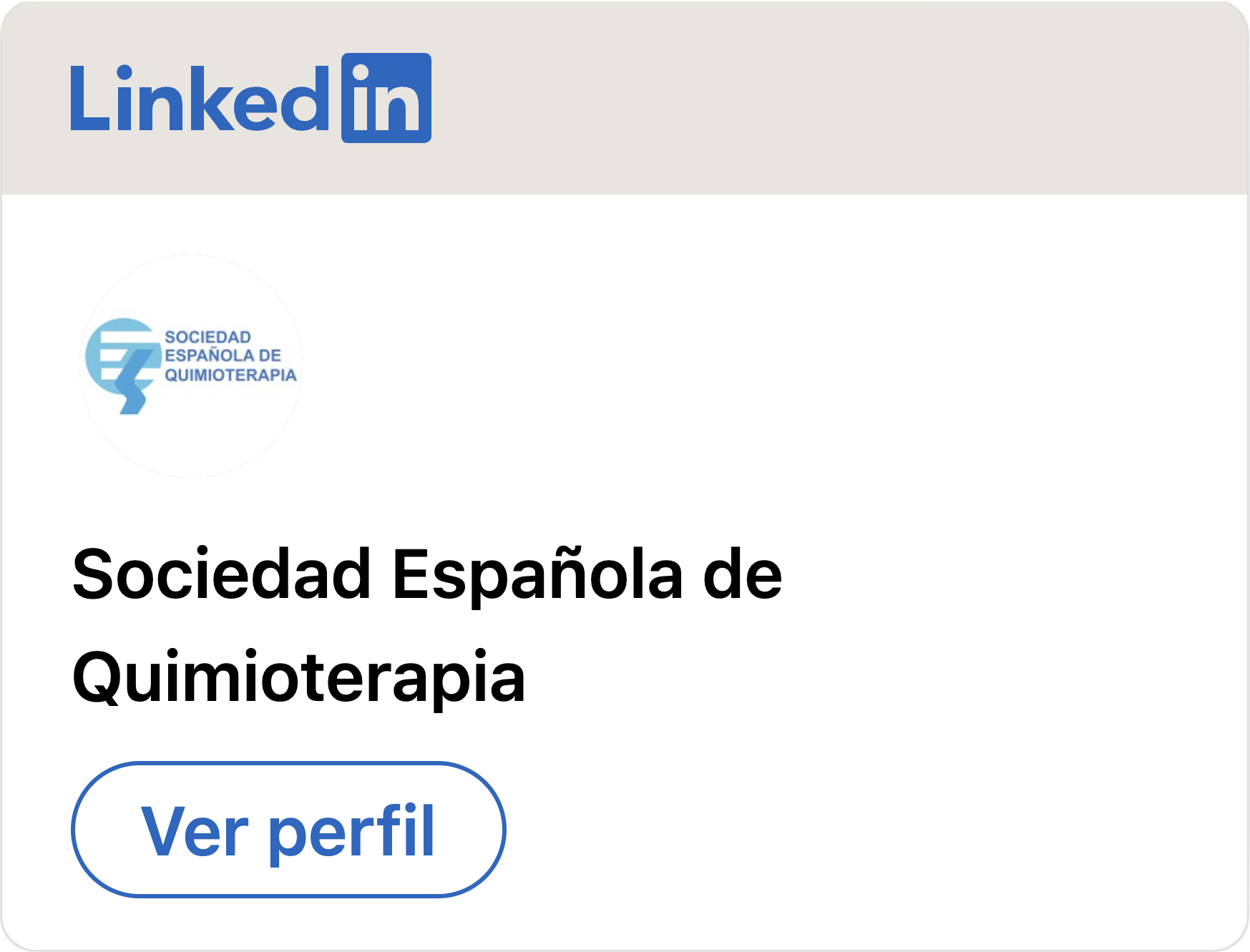Rev Esp Quimioter 2015:28(6):275-281
Liposomal formulations of amphotericin B: differences according to the scientific evidence
JOSÉ RAMÓN AZANZA, BELÉN SÁDABA, JOANA REIS
This article presents an overview of the characteristics of liposomes as drug carriers, particularly in relation to liposomal formulations of amphotericin B. General features regarding structure, liposome-cell interactions, stability, encapsulation of active substances and elimination of liposomes are described. Up to the present time extensive efforts to produce similar or bioequivalent products of amphotericin B formulations, in particular in the case of liposomal amphotericin B, have been unsuccessful in spite of having a very similar composition and even an apparently identical manufacturing process. Guidelines for the development of generic liposomal formulations developed by the FDA and EMA are also summarized. Based on the available evidence of the composition of liposomes, any differences in the manufacturing process even if the same lipid composition is used may result in different final products. Therefore, it seems unreasonable to infer that all amphotericin B liposomal formulations are equal in efficacy and safety.
Rev Esp Quimioter 2015;28(6):275-281 [pdf]

